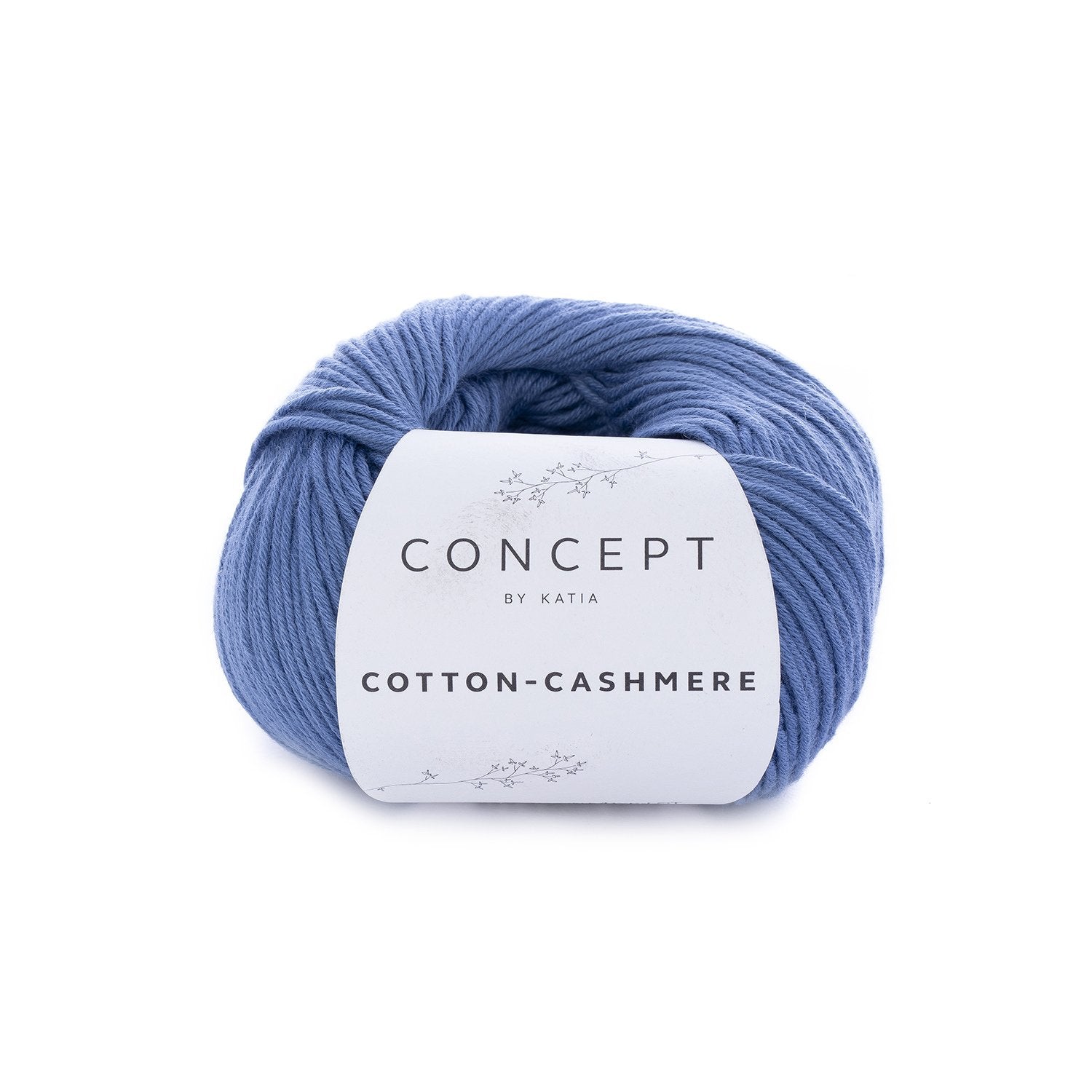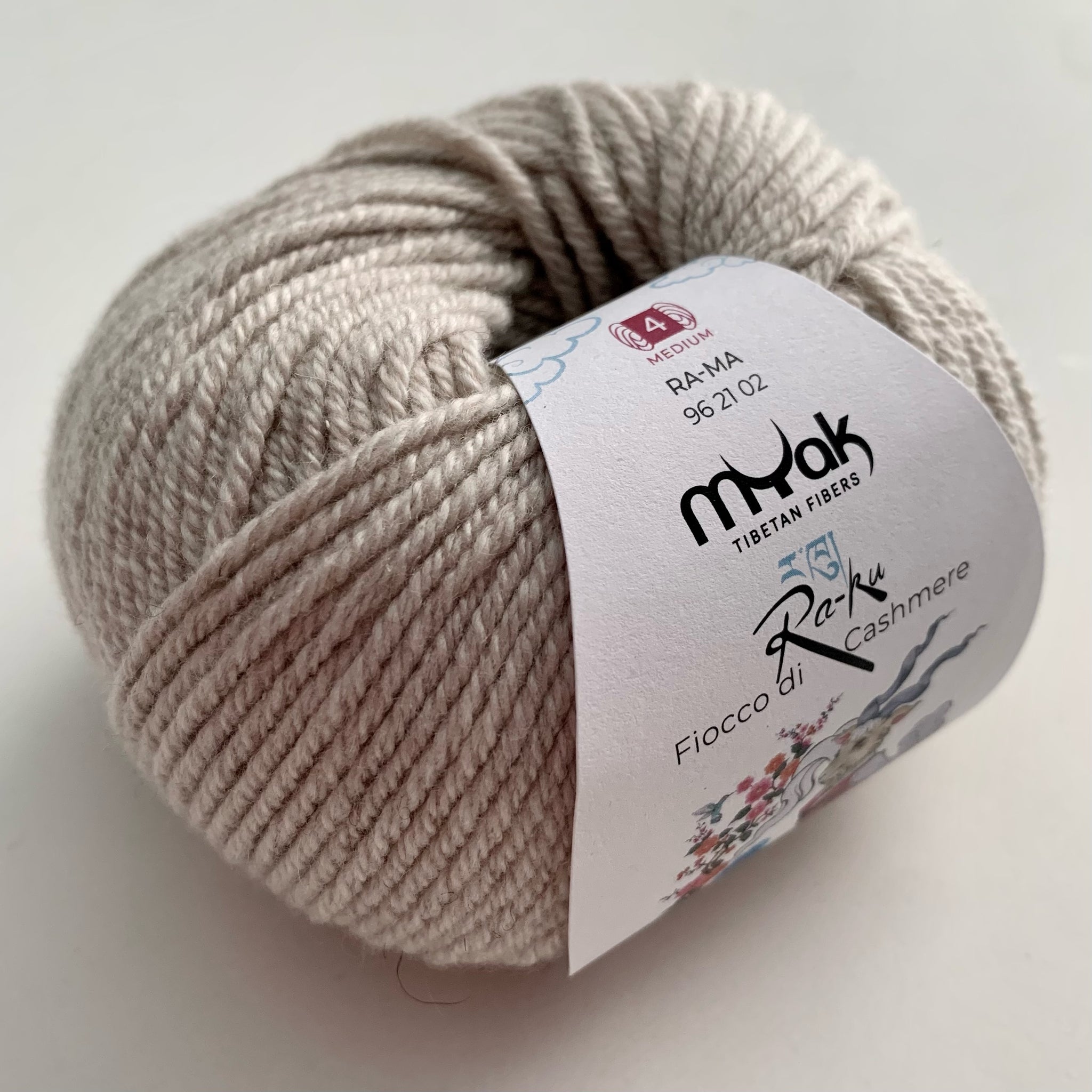Exploring the Various Kinds Of Cashmere an All-natural Fiber for Ultimate Luxury
Cashmere, an all-natural fiber, is usually connected with luxury and comfort. However, not all cashmere is produced equal. From the richly soft Mongolian range to the lightweight warmth of Indian Pashmina, each type offers its own unique functions and appeal. The extra economical Chinese cashmere, the conventional Scottish variation, and the high-end Italian mix, all tell a various story of this exceptional fiber. As we unwind the globe of cashmere, a deeper understanding of its true worth and elegance begins to emerge.
Comprehending the Extravagant Nature of Cashmere
Cashmere, often related to high-end and comfort, holds a special attraction on the planet of natural fibers. This soft, light-weight material is coveted for its remarkable warmth and amazing resilience. Unlike other all-natural fibers, cashmere combines insulation with breathability, providing exceptional comfort throughout differing temperature levels. Its shiny finish and soft texture add to its premium charm, justifying the premium rate that often includes cashmere garments. In addition, cashmere's intrinsic wrinkle resistance and elasticity improve its worth, making it a recommended option for costs apparel and devices. In spite of its delicate look, cashmere has a shocking strength, able to keep its shape and glamorous feeling gradually. This unique blend of features cements cashmere's setting as a symbol of style and extravagance.
Just What Is Cashmere and Where Does It Come From?

Cashmere is obtained from the soft undercoat of cashmere goats, primarily discovered in Mongolia, China, Iran, and Afghanistan. This careful process adds to the scarcity and high price of cashmere. With its beginning in the harsh landscapes of Asia, cashmere is a testimony to nature's ability to create high-end from difficulty.
Decoding the Various Types of Cashmere
Recognizing the different kinds of cashmere is vital to valuing the quality and special characteristics of this elegant fabric. Usually, cashmere is classified right into three types: raw, virgin, and recycled. Deciphering these kinds is the initial step in recognizing the exclusivity and value of cashmere.

The One-of-a-kind Attributes of Each Sort Of Cashmere
Having actually discovered the different groups of cashmere, it comes to be evident that each type flaunts its distinct collection of characteristics. Mongolian cashmere, for example, useful source is renowned for its premium quality, due to Mongolia's harsh winter seasons that create longer and finer fibers. On the other hand, Chinese cashmere is often much more affordable, though its much shorter fibers can lower sturdiness. Scottish cashmere is commemorated for its beautiful soft qualities, an outcome of the typical water cleaning process making use of Scotland's soft water. Italian cashmere, meanwhile, is popular for its skillful blending and tinting techniques, providing it versatile and dynamic. Indian cashmere, also known as Pashmina, is treasured for its incredible agility and warmth. Each type, thus, adds to the material's track record for deluxe.
Why Cashmere Is the Embodiment of Deluxe in Fashion
Cashmere holds a prestigious placement in the world of style, related to as a symbol of deluxe and elegance (is cashmere a natural fiber). Cashmere is acquired from the great undercoat of Himalayan goats, understood for their superior high quality fiber. Cashmere's unrivaled convenience and resilience make it an in-demand product in the creation of high-end garments.
The Process of Making Cashmere: From Goat to Garment
The journey of cashmere, from being an undercoat of a Himalayan goat to a lavish garment, is an intricate one. With the advent of spring, farmers in Mongolia and China accumulate the wool by brushing the goats, making sure no damage is done. The obtained wool contains rugged outer hair and soft downy undercoat. This blend is after that painstakingly divided, with only the soft down made use of for cashmere. This raw cashmere is washed, dyed and spun into yarn. The yarn is then the original source woven or knitted into textiles. The last step involves pressing and cleaning to give the fabric its particular gentleness and heat. From goat to garment, each action is a testimony to the virtuosity, persistence and ability associated with crafting cashmere.

Verdict
In verdict, cashmere, with its natural elegance and unrivaled convenience, reigns supreme in the world of luxury style. The diversity in kinds, ranging from the soft Mongolian, lightweight Indian Pashmina, economical Chinese, conventional Scottish, to the vivid Italian, reveals the convenience of this natural fiber. The Going Here meticulous process of transforming it from a goat to a garment better includes to its exclusivity, making cashmere the embodiment of sophistication and deluxe.
Cashmere, an all-natural fiber, is usually associated with high-end and convenience (is cashmere a natural fiber).Cashmere, often associated with deluxe and comfort, holds an unique appeal in the world of all-natural fibers. Unlike other all-natural fibers, cashmere combines insulation with breathability, providing unparalleled convenience throughout varying temperature levels. Cashmere is obtained from the soft undercoat of cashmere goats, primarily discovered in Mongolia, China, Iran, and Afghanistan. Cashmere is derived from the fine undercoat of Himalayan goats, recognized for their remarkable top quality fiber